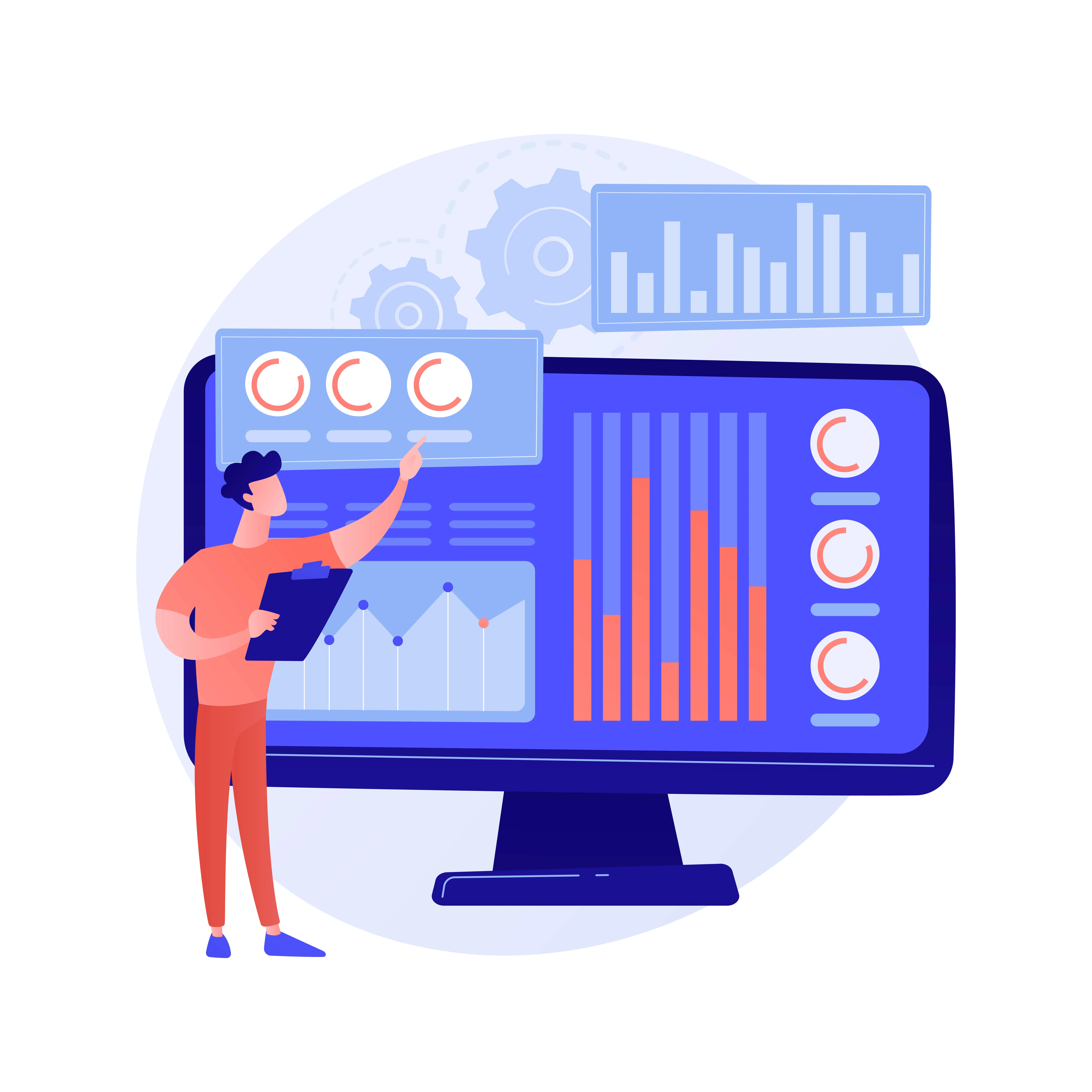

In the dynamic world of data-driven decision making, advanced analytics has become a cornerstone in the world of business intelligence. This paper aims to unravel the complexities surrounding advanced predictive analytics, exploring its definition, types and applications.
Advanced analytics encompasses a variety of sophisticated techniques designed to extract valuable insights from data. From machine learning algorithms to statistical models, businesses leverage these tools to gain competitive advantage.
While the terms "advanced analytics" and "predictive analytics" are often used interchangeably, it is crucial to understand the nuances between them. Predictive analytics, a subset of advanced analytics, focuses on predicting future trends based on historical data and offers a more targeted approach.
Going beyond prediction, advanced prescriptive analytics suggests actionable strategies by considering a variety of possible outcomes. This powerful tool helps businesses make informed decisions, optimize processes and mitigate potential risks.
Advanced predictive analytics involves the use of statistical algorithms and machine learning techniques to predict future trends and behavior. Its importance lies in enabling proactive decision-making by providing organizations with a forward-looking perspective.
In the era of big data, advanced predictive analytics plays a crucial role. By analyzing large data sets, businesses can uncover hidden patterns, correlations and trends, facilitating strategic planning and resource allocation.
To study advanced predictive analytics, it is crucial to understand its core components. These components include data preprocessing, feature selection, model training and evaluation. These components collectively contribute to the accuracy and reliability of predictions.
While both terms fall under the umbrella of analytics, advanced analytics is a broader category that encompasses predictive analytics. Predictive analytics focuses specifically on predicting future outcomes based on historical data and emphasizes the forward-looking aspect.
Understanding the practical applications of these analytics is crucial. Advanced analytics helps in strategic decision-making, while predictive analytics finds its place in risk assessment, demand forecasting and personalized marketing.
As technology advances, so does the advanced analytics landscape. From artificial intelligence to natural language processing, businesses are constantly exploring innovative technologies to enhance their analytics capabilities.
Keeping up with emerging trends is vital for organizations aiming to stay one step ahead. Real-time analytics, explainable AI and automated machine learning are some of the trends reshaping the future of advanced analytics.
Advanced predictive analytics involves using sophisticated algorithms to predict future trends and behaviors based on historical data, enabling organizations to make proactive decisions.
1. Descriptive Analytics: Focuses on understanding past events and outcomes.
2. Diagnostic Analytics: Aims to identify the reasons behind past events.
3. Predictive Analytics: Involves predicting future trends and behavior.
4. Prescriptive Analytics: Recommends actionable strategies for optimal decision making.
Advanced prescriptive analytics goes beyond prediction, providing actionable insights and recommendations to optimize decision-making processes.
1. Classification: Categorizes data into predefined classes or labels.
2. Regression: Predicts numerical values based on past data.
3. Clustering: groups similar data points together according to certain criteria.
As a result, advanced predictive analytics is at the forefront of data-driven decision making, empowering organizations to navigate the complexities of business. By understanding its complexities and applications, businesses can harness the power of predictive insights for strategic success.
No, advanced predictive analytics is a subset of advanced analytics that focuses specifically on predicting future trends and behavior.
The four types are descriptive analytics, diagnostic analytics, predictive analytics and prescriptive analytics.
Advanced prescriptive analytics goes beyond predicting outcomes; it suggests actionable strategies to optimize decision-making processes.
The three types are classification, regression and clustering, each serving unique purposes in predicting and understanding data patterns.
Advanced predictive analytics plays a crucial role in business intelligence by providing forward-looking insights, enabling proactive decision making and optimizing resource allocation.

This website stores data such as cookies to enable site functionality including analytics and personalization. By using this website, you automatically accept that we use cookies.